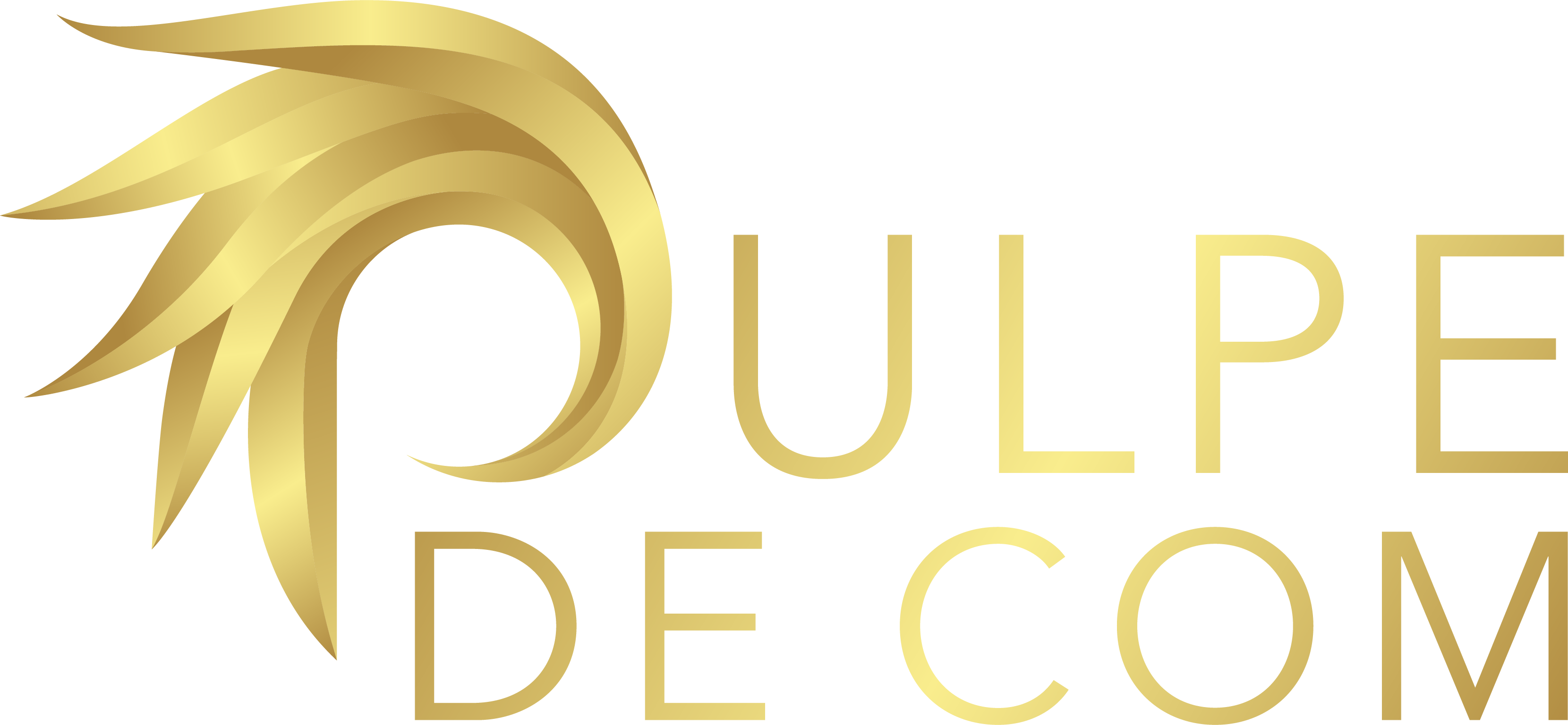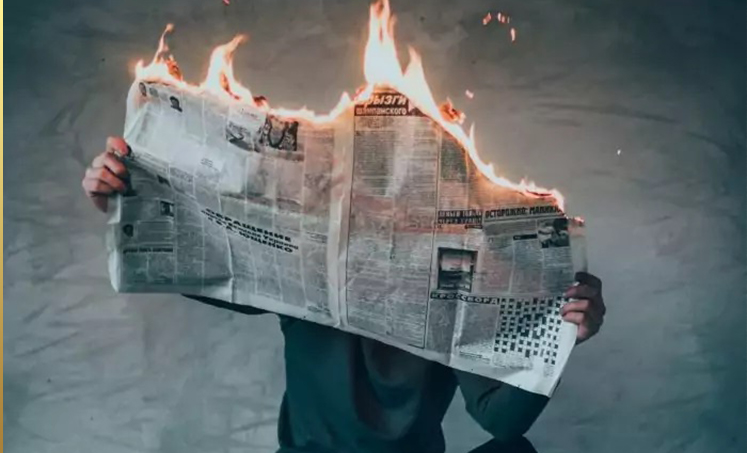Disinformation refers to “false information deliberately produced to harm a person, a social group, an organization, or a country” (Wardle, Derakhsha, 2017). Behind the creation and dissemination of false information is the intention to deceive, mislead, or manipulate individuals or groups of people.
Disinformation can take various forms: false information published in the press or social networks, faked images, manipulated videos, rumors, etc. It can be disseminated through media, social networks and other communication channels.
Disinformation can be created and disseminated by individuals, groups, companies, states or state-sponsored actors.
Conversely, misinformation refers to false information produced or shared without malicious intent (Wardle, Derakhsha, 2017).
Few definitions
François-Bernard Huyghe (2001) gives a definition of disinformation in “L’Ennemi à l’ère numérique”. According to him, “disinformation consists in deliberately propagating false information by making it appear as if it came from a neutral or friendly source in order to influence an opinion and weaken an adversary”.
For Philippe Breton, “disinformation is an action that consists in having a certain description of reality favorable to the sender validated by a receiver whom one wants to intentionally mislead, by making it appear to be safe and verified information”.
In order to do this, an attacker must know how to disguise false information as true, credible information that directs a receiver’s action in the direction of the producer.
Different colors of disinformation
Like propaganda, Michel Klein defines disinformation in different “colors”: white, gray and black. White disinformation refers to real facts that are first hidden and then finally revealed to the general public, often years later.
Grey disinformation is a mixture of truths and lies. Credible and verifiable facts are mixed with false information. It is difficult to distinguish what is true from what is false.
Black disinformation is based on total fabricated information. Everything is false. The important thing is to be the first to give a version of the facts (the advantage goes to the attacker), and to sow confusion in people’s minds. It mostly occurs during a context of war.
From a political and social perspective, disinformation can exacerbate existing conflicts or cause social unrest by disseminating false information that fuels tensions, hostility and polarizes opinions and divisions within a society. There are the pros and the cons to a topic. Disinformation can pose a threat to democratic processes, including elections, for example through foreign interference and manipulation. In this way, it can undermine voter confidence or shape the political debate.
From a geopolitical point of view, disinformation is used by states to damage the image of a country or justify a war.
Disinformation can also damage the economy and the reputation of companies. False information about products or services can lead to financial losses and exert an impact on consumer behavior. It can destabilize a company, lead to boycotts, and cause people to buy one product rather than another by destroying consumer confidence.
It shapes people’s perceptions on different subjects, promotes an idea, influences public opinion and impacts decision-making processes.
Disinformation exploits prejudices, cognitive biases, emotional reactions and social dynamics to trigger reactions such as clicking or sharing a post, thus promoting its virality.
The fight against misinformation is complex and difficult. On the one hand, the overabundance of information (infobesity) makes it difficult to distinguish between true and false information. On the other hand, false information spreads faster than accurate information (Vosoughi, Roy, Aral, 2018) (Figeac, 2019). This is often carried out through fake accounts. It can be difficult to identify the original source because this work requires human and financial resources to conduct investigations.

